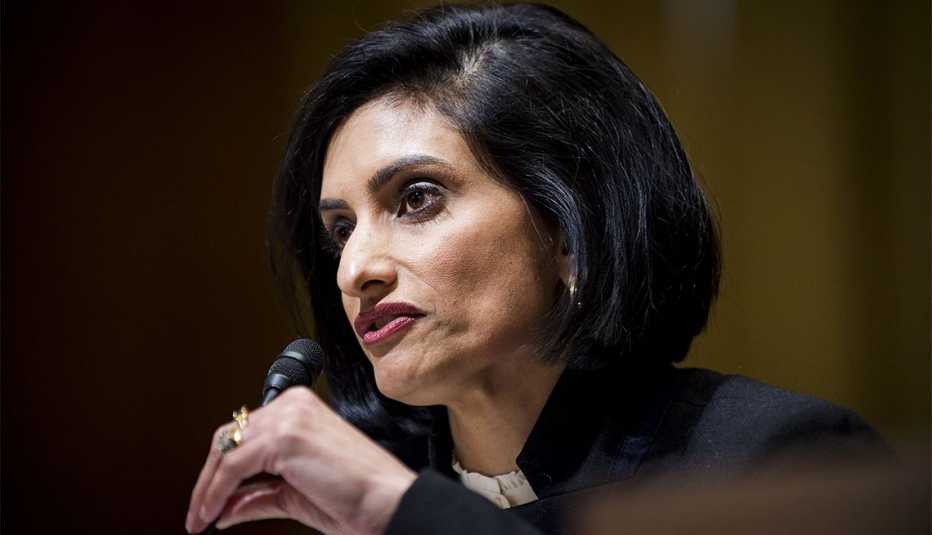Staying Fit


As administrator of the Centers for Medicare & Medicaid Services (CMS), Seema Verma plays one of the most important roles in deciding how more than 130 million Americans get health care. She directs the planning, coordination and implementation of Medicare, Medicaid and the health care exchanges of the Affordable Care Act (ACA), programs that make up almost a third of the federal budget and provide care for some of America’s oldest, sickest and poorest people.
In an interview with AARP, Verma talked about her vision for Medicare and Medicaid, prescription drug prices and her views on the Affordable Care Act.


AARP Membership— $12 for your first year when you sign up for Automatic Renewal
Get instant access to members-only products and hundreds of discounts, a free second membership, and a subscription to AARP the Magazine.
What is Medicare’s future?
What we want to do is make sure that the program is sustainable over the long term. That doesn’t mean that we’re trying to ration health care. We want to modernize it and make sure that patients have access to the latest technology and innovation.
Will the eligibility age for Medicare be raised in the next decade?
I think that’s going to be an issue for Congress. What I would say is that the program was designed 50 years ago. Now people are living longer. They’re also dealing with more chronic health conditions. I think that the program is going to have to evolve.
Would that evolution include a raised eligibility age?
I don’t have a strong, fast, definitive answer on that, but I think that we’ve got to figure out how to make this program work in a more sustainable way.
Will both original Medicare and Medicare Advantage plans — in which beneficiaries get all care through a private health network — be here for the long term?


































































More on health
Feds Unveil Medicaid Scorecard to Measure Health Services
States can be compared based on quality of care and use of money
New Medicare Tool to Enhance Health Records Access
App will put data at beneficiaries’ fingertips